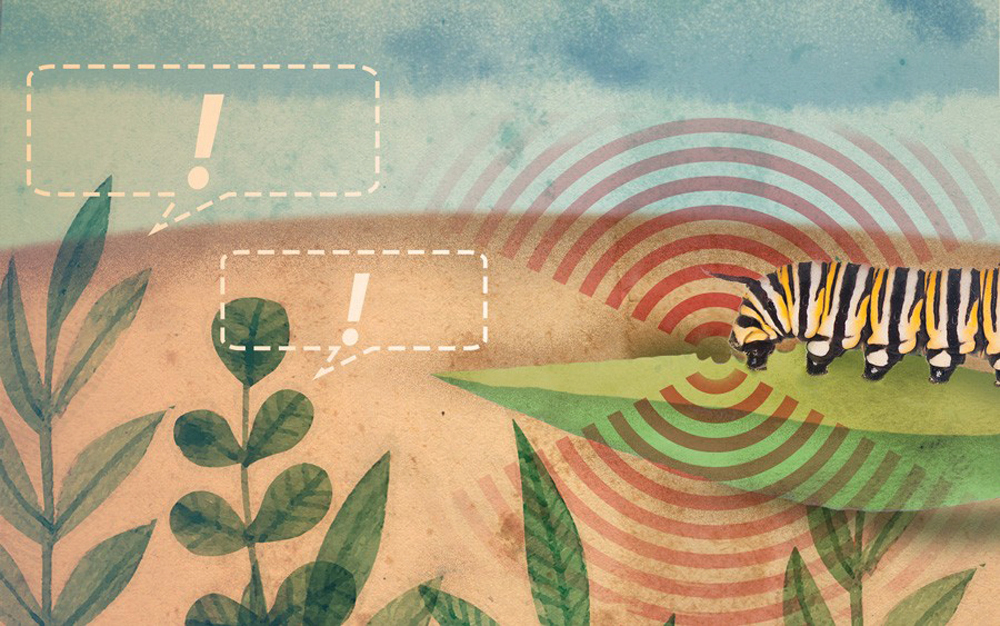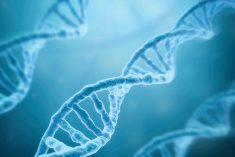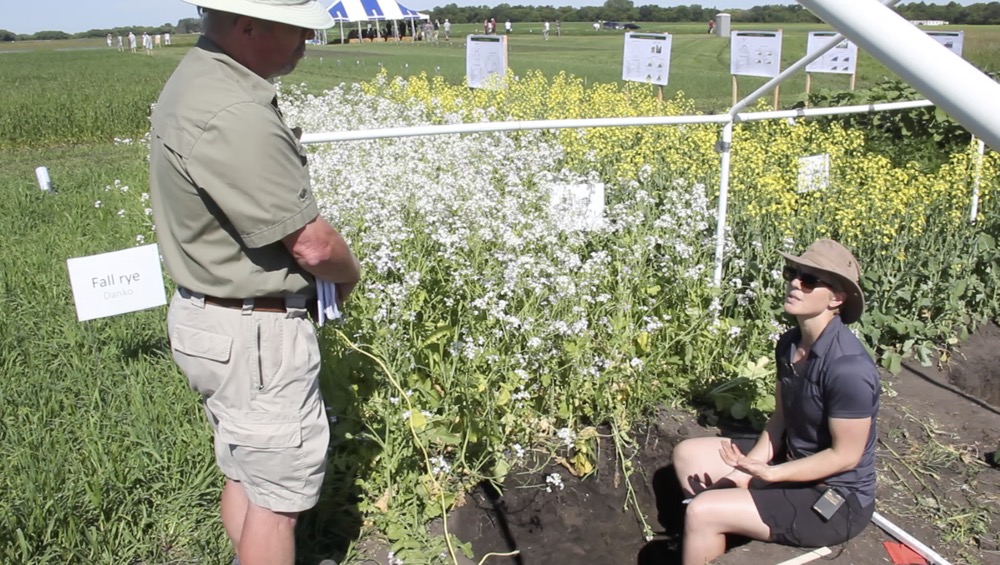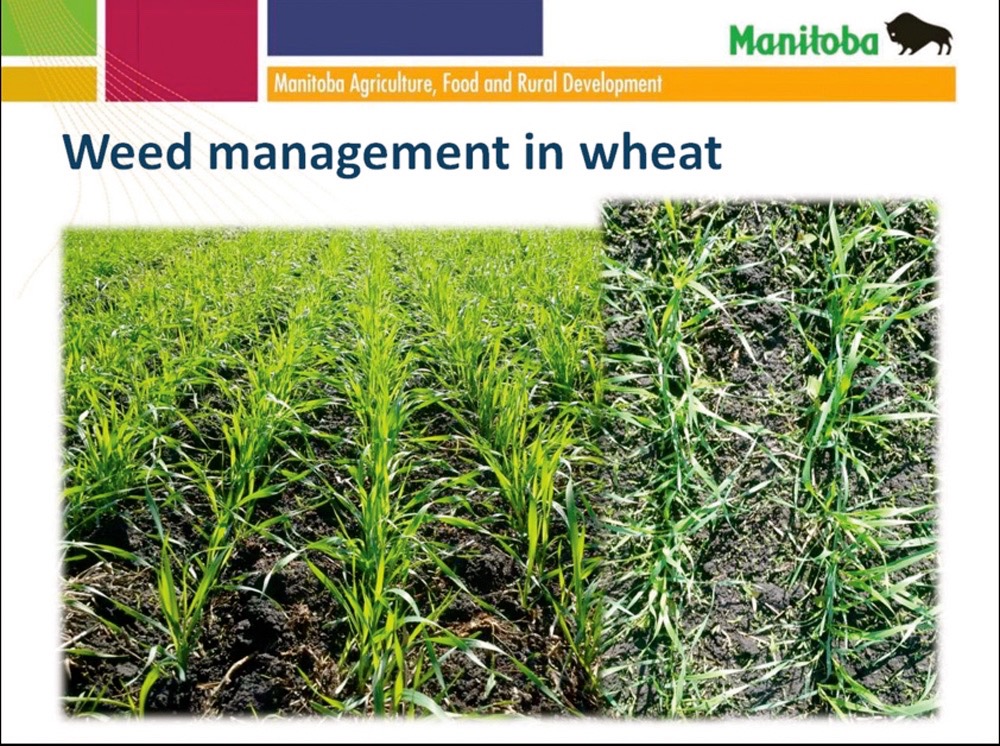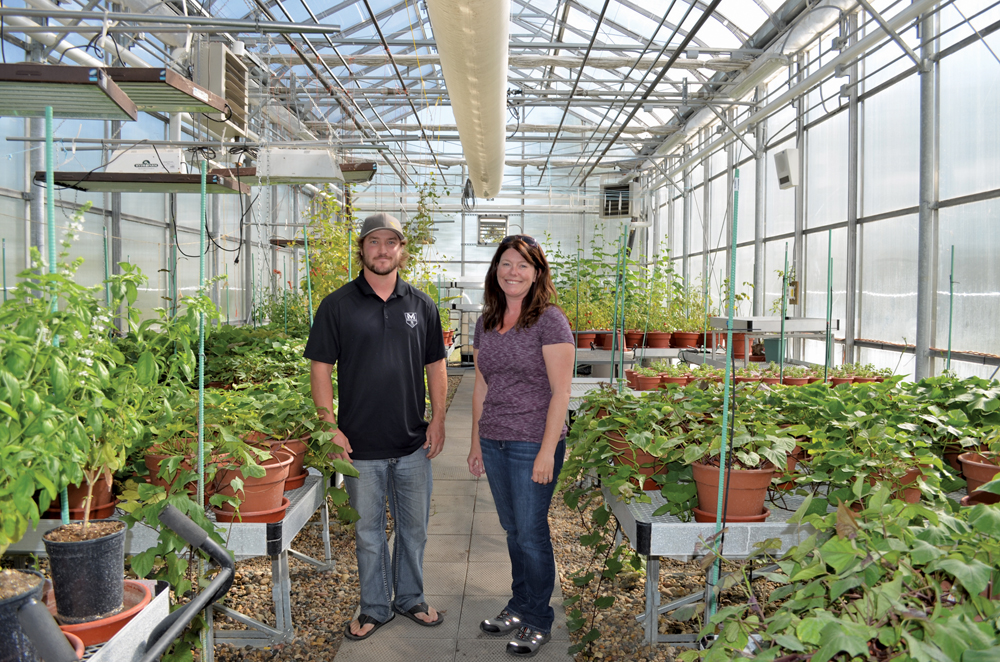A high school student working on a research project at the University of Delaware has discovered that damaged plants can send a warning to their neighbours, which grow larger to compensate.
Working in the lab on weekends and during summer breaks, Connor Sweeney cultured an estimated 1,000 arabidopsis plants — also known as mustard weed — in Petri plates and test tubes.
One day Sweeney put two plants a few centimetres apart on the same Petri plate and made two small cuts on the leaf of one to simulate an insect’s attack.
Read Also
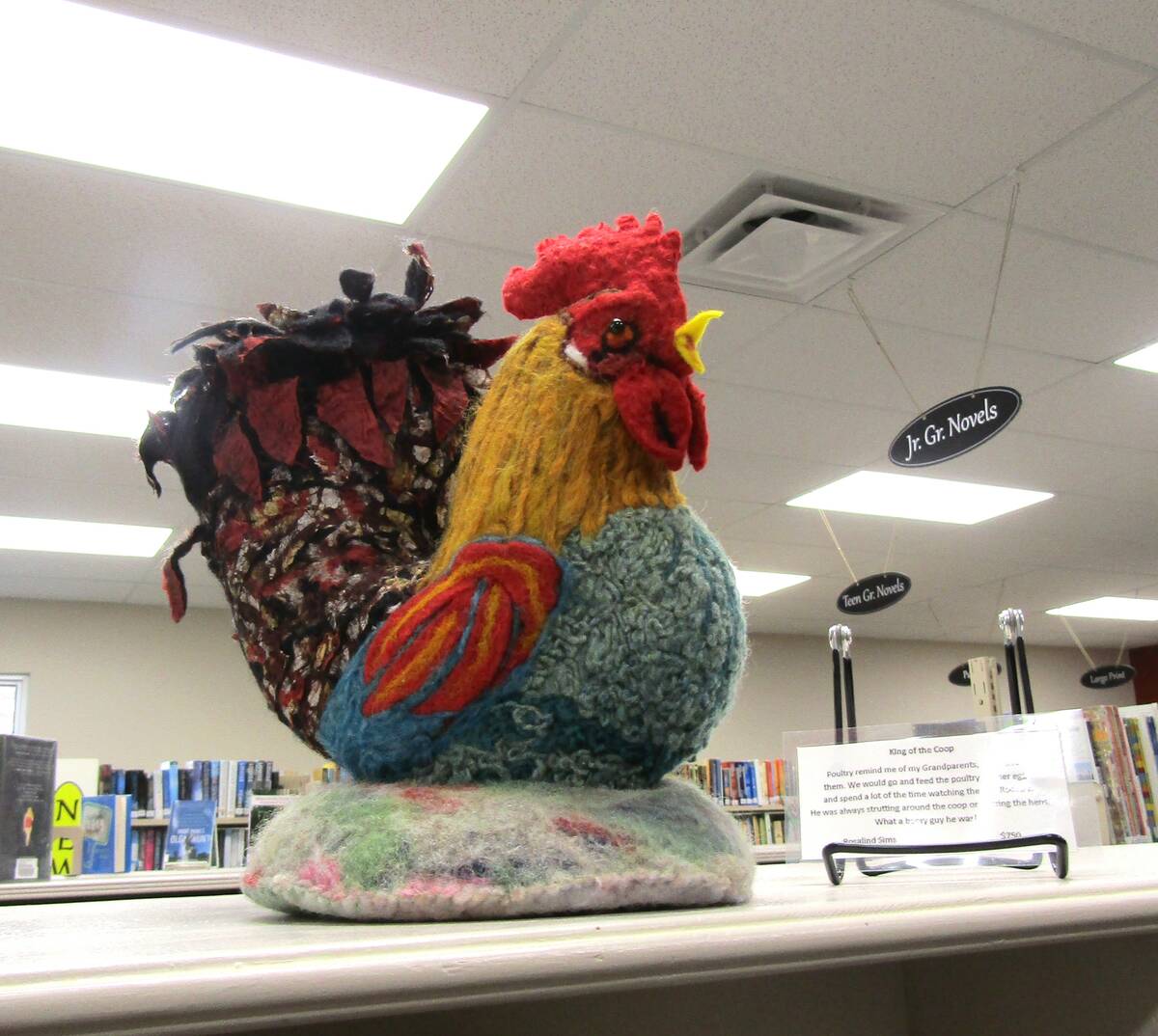
Fibre and fabric art shines in Manitoba
Manitoba’s fibre and textile artists are showing off their wool, thread and other material skills in MacGregor in November 2025.
The next day, the roots on the uninjured neighbour plant had grown noticeably longer and more robust, with more lateral roots poking out from the primary root.
“It was crazy — I didn’t believe it at first,” his mentor, Professor Hart Bais, said in a University of Delaware release. “I would have expected the injured plant to put more resources into growing roots. But we didn’t see that.”
Bais asked Sweeney to repeat the experiment multiple times to rule out any communication between the root systems.
“The reason why the uninjured plant is putting out more roots is to forage and acquire more nutrients to strengthen its defences,” Bais said. “So we began looking for compounds that trigger root growth.”
Sweeney found more of a growth hormone gene expressed in neighbouring plants when an injured plant was around. He also confirmed that the injured neighbours express a gene of organic compounds that attract beneficial soil microbes.
“So the injured plant is sending signals through the air. It’s not releasing these chemicals to help itself, but to alert its plant neighbours,” Bais said.
He said they are not sure of the chemicals’ characteristics and will do more research. “But if you go through a field of grass after it’s been mowed or a crop field after harvesting, you’ll smell these compounds.”

